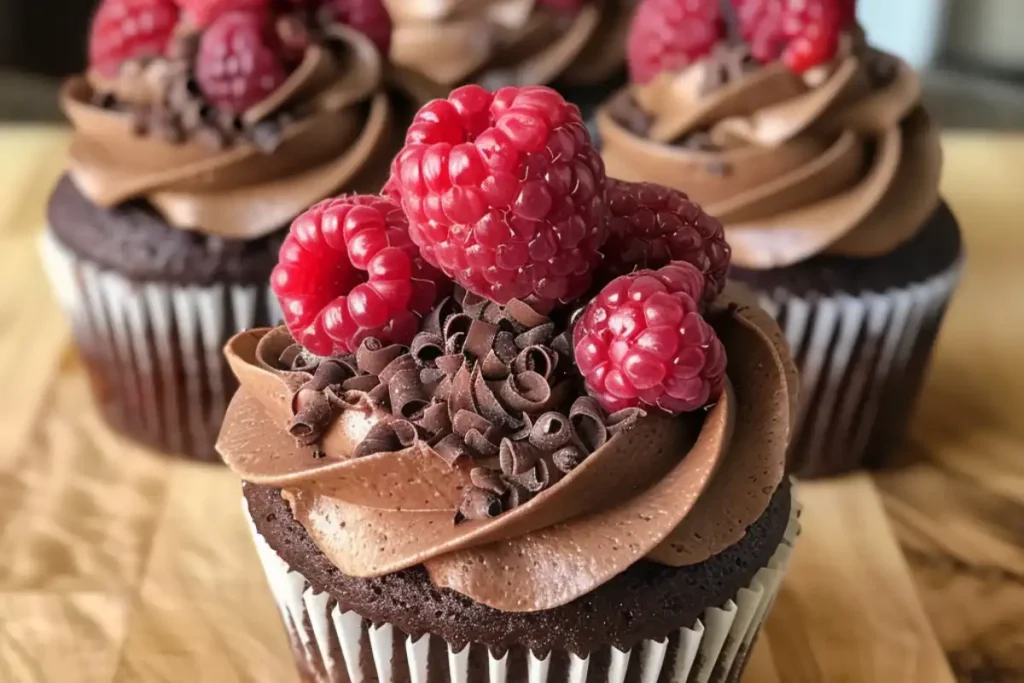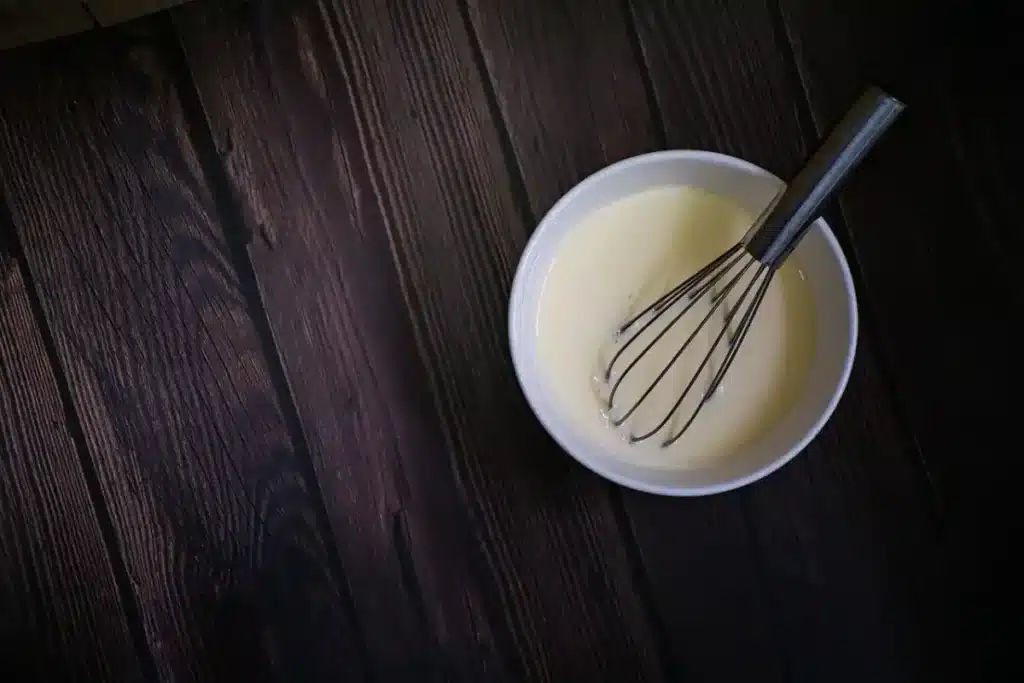Cupcakes are more than just a sweet treat—they’re a symbol of joy, celebration, and comfort. However, while cupcakes may seem easy to bake, achieving the perfect, moist texture can be challenging. Dry, crumbly cupcakes can quickly turn an anticipated delight into a disappointing bite.
So, What Is the Secret to Moist Cupcakes? This guide explores the best ingredients, techniques, and common mistakes to avoid, ensuring your cupcakes stay soft, tender, and delicious every time.
Table of Contents
🥧 Understanding the Science Behind Moist Cupcakes

Before we jump into specific ingredients and techniques, it’s important to grasp the science behind why some cupcakes are moist while others turn out dry. The texture of a cupcake is influenced by the balance of ingredients and baking techniques used.
The Role of Fat
Fat plays a crucial role in creating moist cupcakes by coating the flour proteins, reducing gluten formation, and resulting in a tender crumb.
- Butter: Adds rich flavor but can make cupcakes slightly denser.
- Oil: Retains moisture better as it remains liquid at room temperature.
- Sour Cream/Yogurt: Enhances moisture without thinning the batter.
The Role of Sugar
Sugar is a moisture-retaining agent, drawing and holding water to keep cupcakes soft. It also contributes to structure and tenderness.
- Granulated Sugar: Maintains moisture and sweetness.
- Brown Sugar: Contains molasses, adding moisture and depth of flavor.
- Honey: A natural sweetener that retains moisture over time.
The Role of Liquids
Liquids hydrate dry ingredients and create steam while baking, leading to a lighter, fluffier texture.
- Milk/Buttermilk: Helps bind ingredients and tenderize the crumb.
- Coffee: Enhances moisture and flavor in chocolate cupcakes.
- Juices/Purees: Add natural moisture and flavor (e.g., apple sauce, mashed bananas).
For more on balancing ingredients, check out Common Baking Problems and Solutions guide.
🍰 What Is the Secret to Moist Cupcakes : Essential Ingredients
Choosing the Right Fats
Fat is the foundation of a moist cupcake. Here’s how to make the best choice:
- Butter for flavor, oil for moisture.
- Sour cream/yogurt for extra richness.
- Full-fat dairy for better texture (avoid low-fat options).
Incorporating Sugars and Sweeteners
Different sugars affect moisture retention:
- Brown sugar (adds more moisture than white sugar).
- Honey/molasses (natural humectants, meaning they absorb water).
Balancing Wet and Dry Ingredients
- Accurately measure flour (use the spoon-and-level method to prevent dryness).
- Use room-temperature eggs and milk for better incorporation.
- Replace water with buttermilk for extra moisture.
🥳 What Is the Secret to Moist Cupcakes : Techniques for Baking

1. Mixing the Batter Correctly
- Avoid overmixing (too much gluten = dense cupcakes).
- Mix until just combined to retain air bubbles.
- Fold in ingredients gently (especially fruits, nuts, or chocolate chips).
2. Baking at the Right Temperature
- Preheat the oven properly to ensure even baking.
- Ideal baking temperature: 350°F (175°C).
- Use an oven thermometer to verify the actual temperature.
3. Storing Cupcakes to Maintain Moisture
- Airtight containers: Store at room temperature for up to 3 days.
- Refrigeration: If needed, bring to room temperature before serving.
- Freezing: Freeze for up to 3 months (thaw at room temperature).
For additional storage tips, check out How to Keep Baked Goods Fresh.
🌱 Common Mistakes and How to Avoid Them

❌ Overmixing the Batter
Fix: Stop mixing as soon as ingredients are combined.
❌ Baking at the Wrong Temperature
Fix: Check the oven temperature with an oven thermometer.
❌ Overbaking
Fix: Check for doneness with a toothpick (it should have a few moist crumbs).
❌ Storing Incorrectly
Fix: Always store in an airtight container.
🎈 Creative Variations & Enhancements
Adding Fruit Purees
Use strawberry, apple, or banana purees for natural sweetness and moisture.For example, the strawberry layer cake uses fresh strawberry puree to create a moist, flavorful crumb.
Infusing with Syrups
Brush cupcakes with simple syrup after baking for extra moisture.
Filling with Creams & Curds
Fill cupcakes with whipped cream, fruit preserves, or custards for added richness.
With the right ingredients and techniques, you can achieve perfectly moist cupcakes every time. Whether you’re baking for a party, special occasion, or simply indulging in a homemade treat, these tips will help you create soft, delicious cupcakes that everyone will love.
Ready to try a new recipe? Check out our Chocolate Raspberry Cupcakes for a decadent twist! 🍫
📝 FAQs
Why are my cupcakes dry even when I follow the recipe?
- Overbaking, incorrect ingredient ratios, or using low-fat dairy.
How can I add moisture to already baked cupcakes?
- Brush with simple syrup or add a moist filling like jam or whipped cream.
Can I substitute ingredients for more moisture?
- Yes! Use oil instead of butter, add sour cream or yogurt, and replace water with buttermilk.


11 thoughts on “What Is the Secret to Moist Cupcakes?”